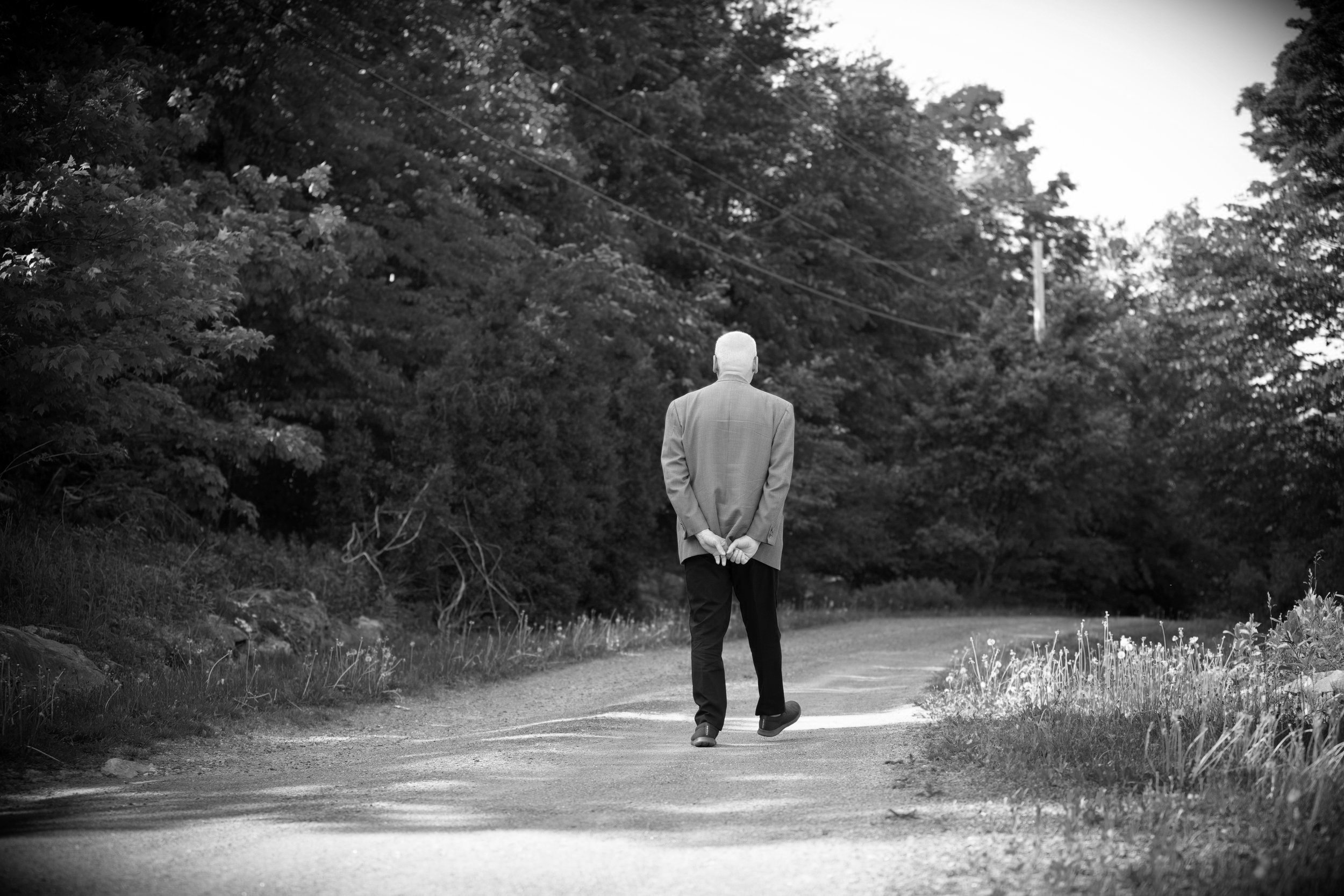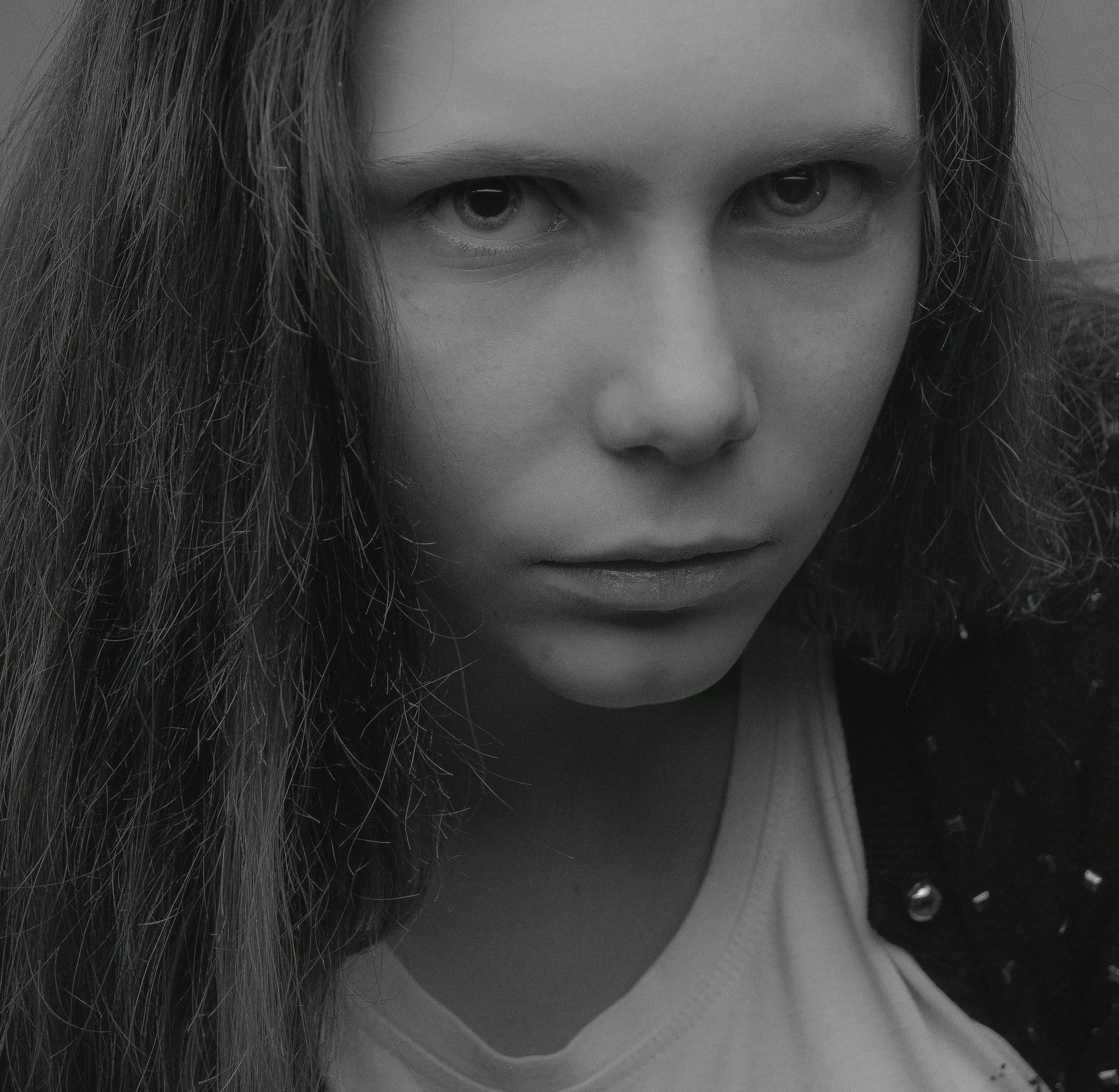
BLOG
- Attachment Issues
- Coronavirus
- Couples Therapy
- Extramarital Affairs
- Family Life and Parenting
- How to Fight Fair
- Inlaws and Extended Families
- Intercultural Relationships
- Marriage and Mental Health
- Married Life & Intimate Relationships
- Neurodiverse Couples
- Separation & Divorce
- Signs of Trouble
- Social Media and Relationships
- What Happy Couples Know
The Backlash Against the “Princess Treatment” Trend
If you've scrolled TikTok in the past year, you’ve probably seen it: clips tagged with #PrincessTreatment—soft-lit videos of women being pampered with gifts, doors held open, and lavish surprises.
In theory, it’s a celebration of “being adored.” In practice? It’s a viral meme built on an old relational script in glittery new packaging.
Now, the trend is facing a backlash—not just from skeptical therapists and feminists, but from Gen Z itself, who are beginning to question the power dynamics hiding behind the pink bows.
So, what exactly is “Princess Treatment”?
Why did it go viral? And what does its backlash tell us about modern feedback, gender, and relational equity?
Soft Divorce and the Sexual Ice Age: When Marriage Becomes a Peace Treaty of Avoidance
The Silent Fade of Intimacy
Forget screaming matches and drawn-out court battles.
The fastest-growing form of marital collapse isn’t loud or litigious—it’s quiet, subtle, and Instagram-friendly.
No paperwork. No betrayal. Just two adults living in a beautiful home with a shared calendar and nothing left to say to each other.
Welcome to the soft divorce, the emotional drift that turns marriage into roommate cohabitation.
And with it comes something colder still:
The Sexual Ice Age—when eroticism freezes, touch disappears, and both partners begin living like monastics with shared dental plans.
These aren’t failed marriages. They’re marriages on autopilot—efficient, empty, and inoffensive. And it’s more common than we want to admit.
What Is a Soft Divorce?
Hot Girl Walks, Cold Marriages: The New Solitudes of Modern Motherhood
In early 2021, a 22-year-old TikToker named Mia Lind posted a video that would launch a global wellness phenomenon. Dressed in workout gear, AirPods in, she explained the rules of what she called the Hot Girl Walk:
“You walk four miles a day. While you walk, you only think about three things:
What you’re grateful for
Your goals
How hot you are”
It was catchy. It was low-barrier. And it exploded.
Millions of women adopted the practice—documenting their routes, playlists, and affirmations.
At first glance, it was just another self-care trend. But something more interesting happened: Hot Girl Walk evolved from a meme into a kind of private ritual.
And for a certain demographic—married mothers quietly withering inside their marriages—it became something else entirely:
A coping mechanism for emotional overwhelm?
Flocking: When Gen Z Leaves the Apps, Boards a Plane, and Dates Like It’s 1963
There’s a quiet rebellion underway. No marches. No slogans.
Just Gen Z, boarding planes with carry-ons and a look that says, “I’m not looking for love, but if it happens in Barcelona, I won’t stop it.”
They’re calling it flocking—a dating trend where young adults travel not just to see the world, but to dodge the soulless meat-grinder of dating apps and maybe, accidentally, fall in love somewhere with decent espresso.
Flocking is the anti-algorithm. It’s Tinder, if Tinder wore hiking boots and made eye contact.
It’s the idea that maybe, just maybe, romance has better odds at a rooftop bar in Portugal than it does inside an app designed by tech bros who think human intimacy should be “scalable.”
The Meme That Raised Me: How Internet Culture Became the New Family System
There’s a kind of aching poetry in watching a 15-year-old explain their identity by quoting a meme. “I’m not depressed,” they tell me. “I just have main character energy... but, like, the tragic arc.”
Their voice catches between irony and sincerity, like a Gen Z version of Holden Caulfield in a Discord hoodie.
This is not a joke. This is how many of today’s teens and young adults locate their emotional reference points: through memes, hashtags, and TikTok sounds that feel more reliable than their own caregivers.
Welcome to the new extended family system: the one you build out of pixels, subreddits, and parasocial intimacy. It's real. It's raising people.
Are Mermaids Real? And What’s With All this Mermaiding?
Once upon a tide—not too long ago and not too far from your favorite TikTok rabbit hole—humans began to do a very strange thing: they started becoming mermaids.
Yes, mermaiding is real.
It’s not a spell from a Disney movie or the fever dream of a beach-blissed influencer.
It’s a global aquatic subculture where people don shimmering tails, slip into the sea (or a chlorine-scented pool), and swim like they’ve just emerged from a Hans Christian Andersen footnote.
And, no, it’s not just for kids.
The average mermaider might have a day job in HR and a recurring chiropractor appointment—because, let’s face it, swimming in a silicone tail is hell on the lumbar.
But first, let’s address the kelp in the room:
Are Mermaids Real?
Instagram as the Third Partner in Your Relationship
There’s a new presence in your relationship.
It doesn’t speak. It doesn’t sleep. But it’s always watching.
It’s Instagram—and it’s playing third wheel in a growing number of romantic partnerships.
We used to ask, “Are we compatible?” Now we ask, “Why didn’t they like my story?”
Therapy-Speak on TikTok: Help or Hype?
There was a time—not long ago—when therapy was a private affair.
You sat in a room, maybe cried a little, maybe blamed your mother, and eventually figured out how to stop screaming at the person who left the sponge in the sink again. That was the contract.
Now? Therapy lives online.
It’s in your pocket, piped directly into your nervous system via TikTok, delivered by 27-year-olds with ring lights and an MA in vibes.
Clinical terms once reserved for diagnostic manuals are now brunch banter.
Your ex isn’t a jerk. He’s a covert narcissist. Your roommate doesn’t forget the trash. She’s “weaponizing incompetence.”
We’re living in the golden age of therapy-speak—and it’s raising a serious question: are we becoming more self-aware, or just better at assigning moral superiority with a vocabulary we borrowed from someone else?
The Algorithm Thinks Your Marriage Is Over
If your relationship isn’t dripping in aesthetic intimacy and pre-verbal attunement, TikTok says it’s time to pack it up.
One disagreement over dinner? Red flag.
You didn’t validate her inner child with the correct dialect of attachment theory? Toxic.
You like a moment of silence in the car? Emotionally unavailable.
Social media has become the relationship oracle of our time.
And the oracle, bless her curated wisdom, has no patience for ambiguity. She doesn’t think you need to learn how to listen better. She thinks you need to “leave and never look back.”
The Glass Coffin: A Forgotten Grimm Fairy Tale About Boundaries, Trauma Bonds, and the Danger of Falling in Love with Stillness
Once upon a time, in a story you've probably never heard because it’s too subtle for Disney and too weird for TikTok, a tailor’s apprentice wandered into the woods, stumbled onto a glowing crypt, and found a beautiful woman lying motionless in a glass coffin.
So naturally, he opened it.
She woke up, thanked him, and married him.
Welcome to The Glass Coffin, one of the Grimm Brothers’ most obscure fairy tales—and one of the most psychologically revealing.
In a world obsessed with magical awakenings, this tale isn’t about love.
It’s about projection, control, and the fantasy of rescuing someone who can’t speak for themselves.
It's also an eerily accurate metaphor for certain kinds of modern relationships—especially the ones that show up in family therapy.
What the Grimm Brothers Really Taught Us About Family: Trauma, Control, and Why Stepmothers Always Get a Bad Rap
Once upon a time—in a kingdom not terribly far from today's algorithm-driven culture—two German brothers started collecting old stories from peasants, spinsters, and middle-class neighbors who had excellent memories and questionable motives.
These weren’t bedtime stories. They were blood-and-bone accounts of what it meant to be human when you had too many children, too little food, and no concept of therapeutic repair.
The Grimm Brothers didn’t set out, at first to entertain toddlers.
They were cultural nationalists. Linguistic archaeologists. Men with quills and a vision: to unify the German people not with flags, but with fables.
And their fairy tales—first published in 1812 as Children’s and Household Tales—weren’t whimsical. They were survival manuals stitched together with folklore, famine, and moral panic.
What the Grimm Fairy Tale 'The Mouse, the Bird, and the Sausage' Teaches Us About Relationship Roles and Resentment
In the odd, overlooked Grimm fairy tale The Mouse, the Bird, and the Sausage, we meet three roommates—each with a defined domestic role.
The bird gathers wood, the mouse fetches water and sets the table, and the sausage does the cooking. Things run smoothly. Everyone eats well. Life is good.
Then one day, the bird flies out and hears some forest gossip. Other animals mock him: “You fetch wood? While a sausage just hangs out at home cooking? You’re being exploited, man.”
The bird returns, indignant and insecure, and insists they switch jobs. Everyone agrees. Equity, right?
Chaos ensues. The sausage dies trying to gather wood (long story short: he gets eaten). The mouse tries to cook but ends up boiling herself alive. The bird, now alone, falls into despair and dies too. The end.
It’s a grim Grimm tale, but one that couples therapists will recognize instantly. Behind the whimsy and anthropomorphic disaster lies a parable about roles in a relationship, the quiet stability of functional interdependence, and the deadly danger of reactive resentment.











